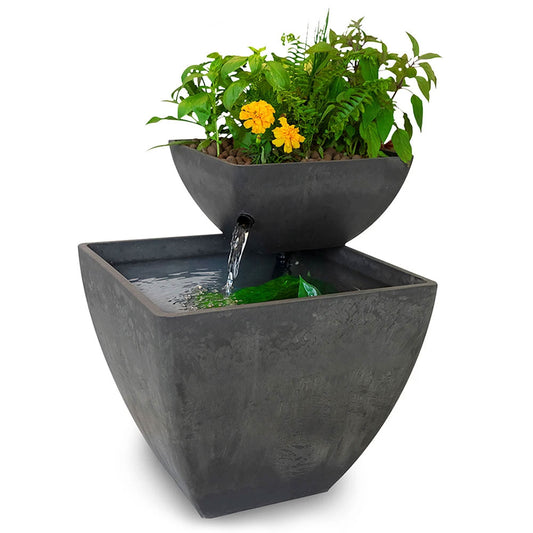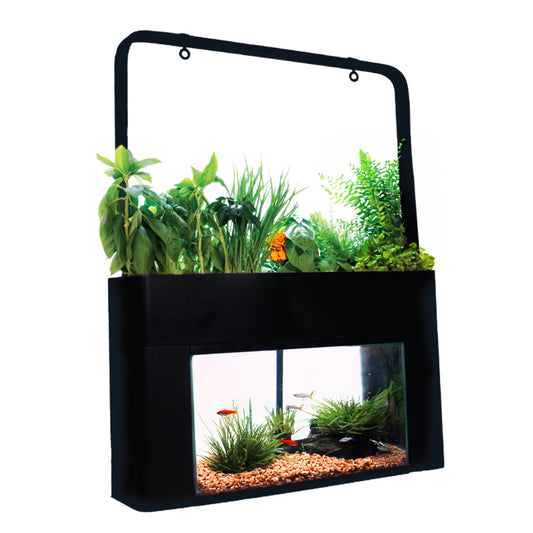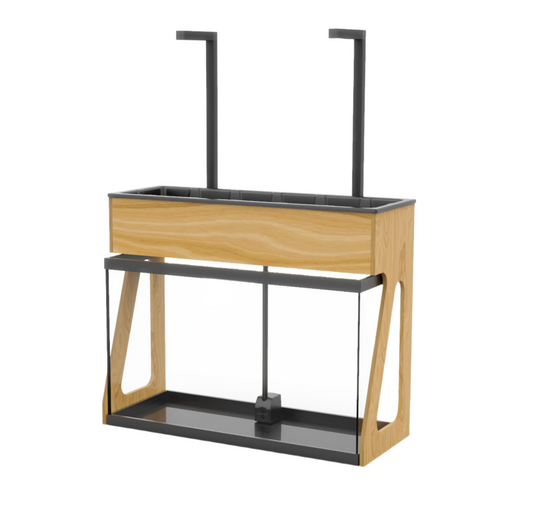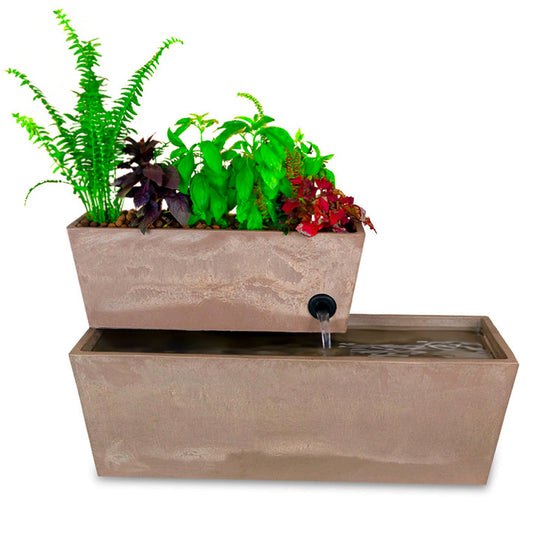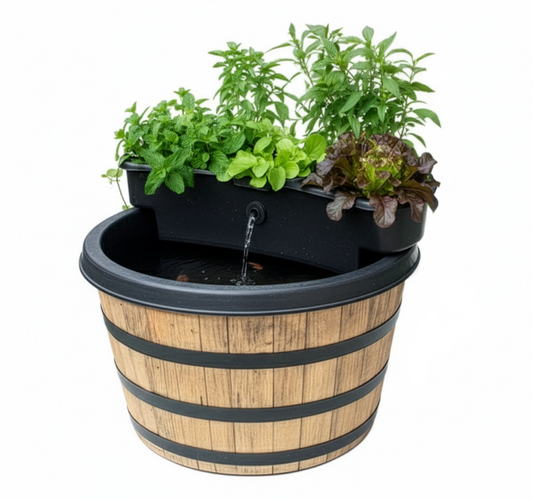How the AquaSprouts Garden Integrates with Open SciEd Units
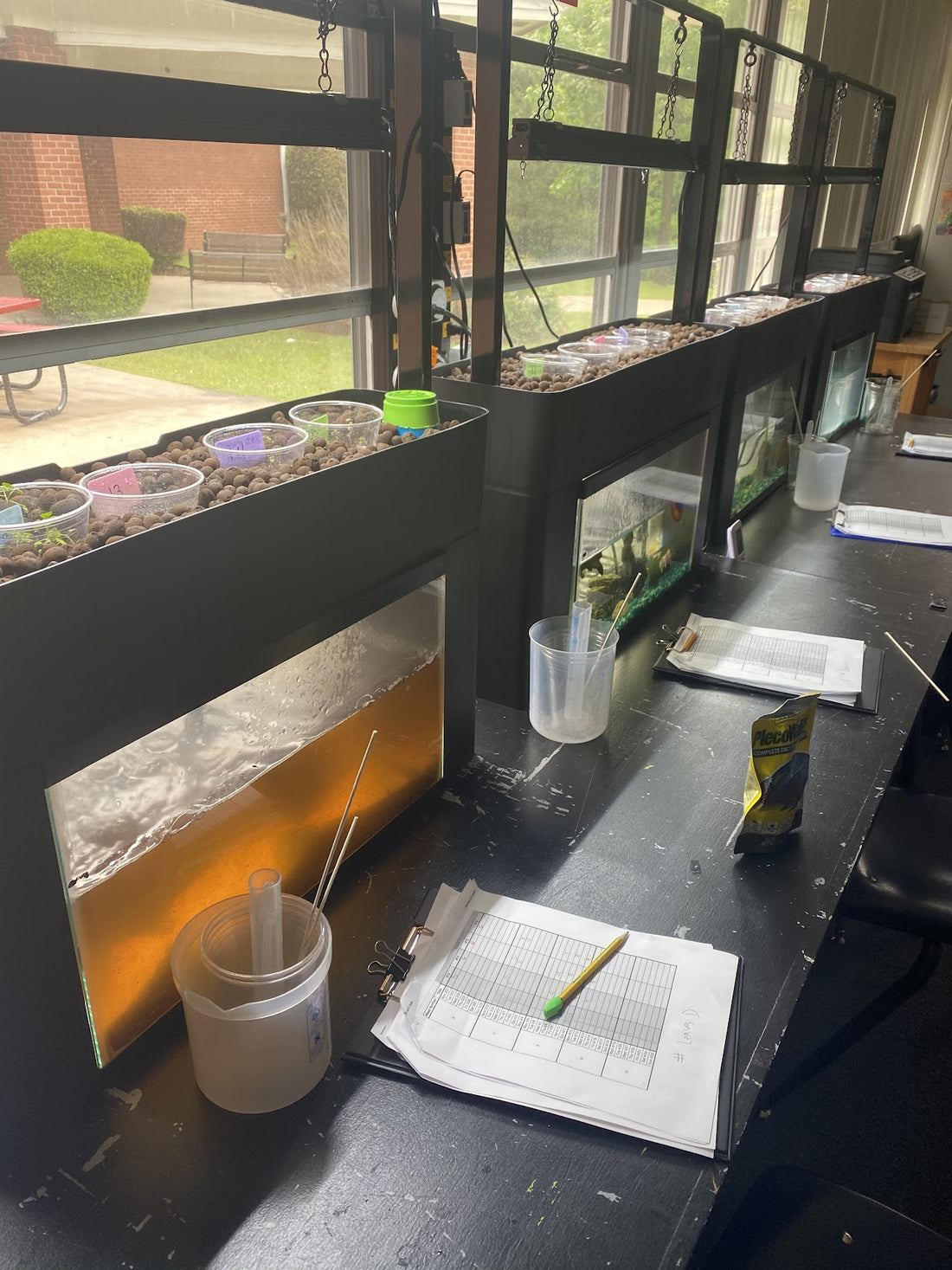
The AquaSprouts Garden can enrich learning across Open SciEd’s curriculum for grades 6-8, offering students the chance to explore scientific concepts through hands-on experimentation. Below are examples of how this innovative tool can align with specific units: For example, the AquaSprouts Garden can be used in conjunction with the unit on Ecosystems and Biodiversity to demonstrate the interdependent relationships between organisms and their environment.
Grade 6 Integration
Unit 6.2: Thermal Energy
Students can explore heat transfer by experimenting with insulation materials and water volume within the AquaSprouts system. Using tools like temperature probes, they’ll collect data and draw conclusions about how thermal energy moves through ecosystems.
Unit 6.3: Weather, Climate, and Water Cycling
The garden offers a microcosm of the water cycle, enabling students to observe evaporation, condensation, and transpiration in real-time. They can then connect these processes to larger climate patterns, linking local observations to global phenomena.
Unit 6.4: Plate Tectonics & Rock Cycling
The garden serves as an accessible way to model systems thinking. Students can identify how components (plants, water, nutrients) interact and observe how changes to one factor (e.g., nutrient levels) ripple across the system.
Unit 6.5: Natural Hazards
Students can simulate environmental stressors like droughts or floods to study their impact on the garden’s ecosystem. These activities connect the concept of natural hazards to real-world problem-solving, including designing mitigation strategies.
Grade 7 Integration
Unit 7.1: Chemical Reactions & Matter
Students can investigate the chemical reactions driving aquaponic systems, such as nutrient uptake by plants and fish waste decomposition. By analyzing water quality factors (e.g., pH, nitrate levels), they’ll see chemistry in action within a balanced ecosystem.
Unit 7.2: Chemical Reactions & Energy
By tracking inputs like light and outputs like plant growth, students can study energy transformations and conservation within the system. They’ll connect these findings to broader principles of energy in ecosystems.
Unit 7.4: Matter Cycling & Photosynthesis
The AquaSprouts Garden visually represents matter cycling and energy flow. Students can trace nutrients and carbon as they move through living and nonliving components, enhancing their understanding of ecological balance.
Unit 7.6: Earth’s Resources & Human Impact
With its focus on sustainability, the garden helps students model responsible resource management. They can explore ways to minimize water waste, optimize energy use, and discuss the broader implications of sustainable practices.
Grade 8 Integration
Unit 8.1: Contact Forces
Students can explore forces within the system, such as the pressure of water flow and the effects of gravity on plant structures. These investigations help link physical principles to biological contexts.
Unit 8.4: Earth in Space
The AquaSprouts Garden introduces exciting possibilities for sustainable food production in space. Students can investigate how systems like aquaponics could sustain life in extraterrestrial environments, tying biological and physical sciences to space exploration.
Unit 8.5: Genetics
Students can plant and grow different varieties, observing how traits like leaf shape or growth rate vary. These observations allow them to explore principles of genetics, heredity, and adaptation.
Cross-Curricular Activities with the AquaSprouts Garden
The AquaSprouts Garden is not limited to science lessons—it serves as an inspiration across the curriculum:
Mathematics: Use the garden to teach measurement, data analysis, and problem-solving. Students can calculate growth rates, determine optimal nutrient concentrations, and model system efficiencies.
Language Arts: Encourage students to write persuasive essays on the benefits of aquaponics or creative stories inspired by the garden’s ecosystem. Research projects and oral presentations can also build communication skills.
Social Studies: Explore the historical and cultural significance of aquaponics, tracing its origins to ancient farming practices. Students can also analyze its modern applications in addressing food security.
Art: Let the garden inspire creative expression through drawing, painting, or photography. Students can document the garden’s beauty, experiment with botanical art, or create infographics to share their findings.
Growing Minds, Growing Futures
The AquaSprouts Garden is a game-changer for education. By integrating this hands-on system into the Open SciEd curriculum, educators can create a rich, inquiry-based learning environment that bridges the gap between theory and practice. Its versatility extends beyond science to touch every aspect of learning, inspiring students to think critically, solve problems creatively, and connect their knowledge to the real world.
In an era where sustainability and environmental consciousness are paramount, the AquaSprouts Garden offers a pathway for students to explore solutions to global challenges while nurturing a lifelong love of learning. By empowering young minds today, we’re cultivating the innovators, scientists, and leaders of tomorrow—one garden at a time.

